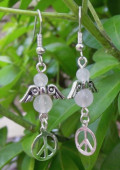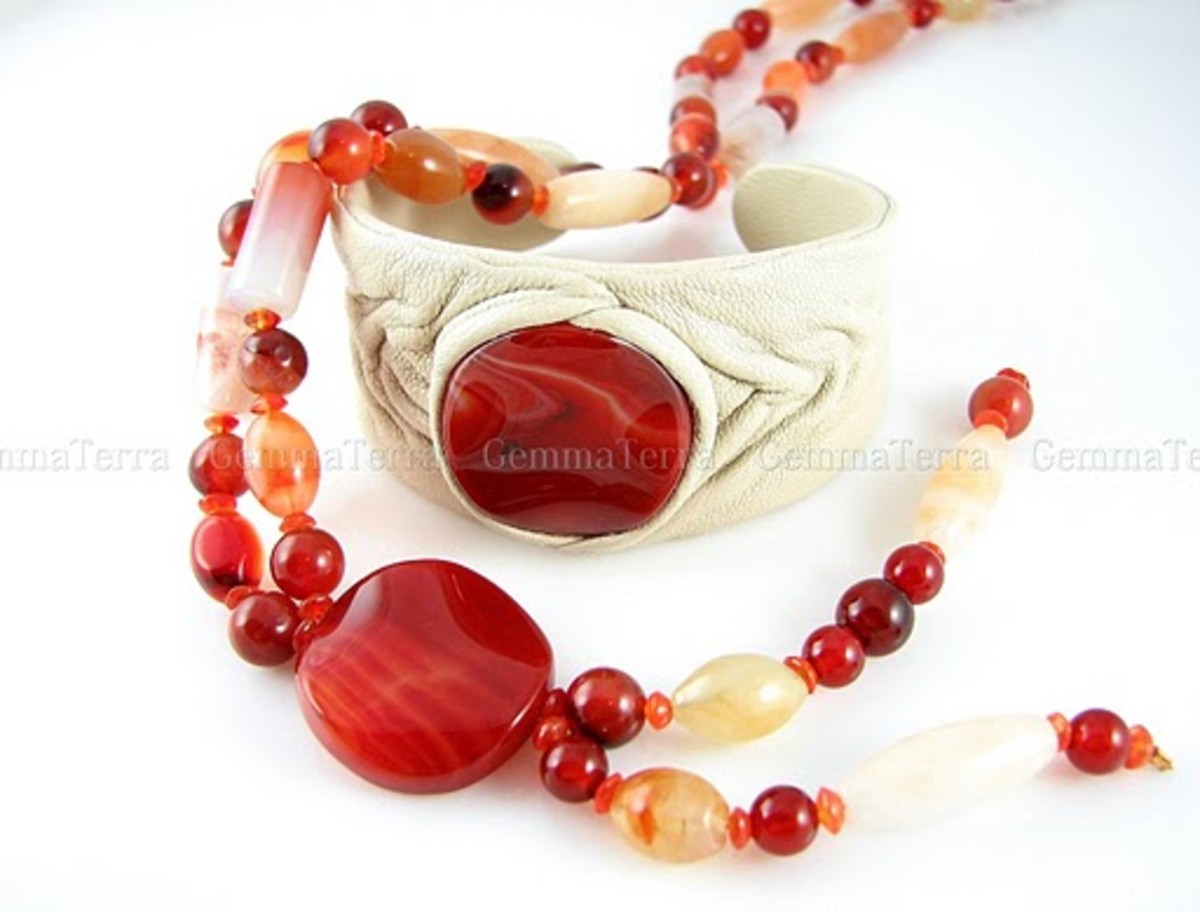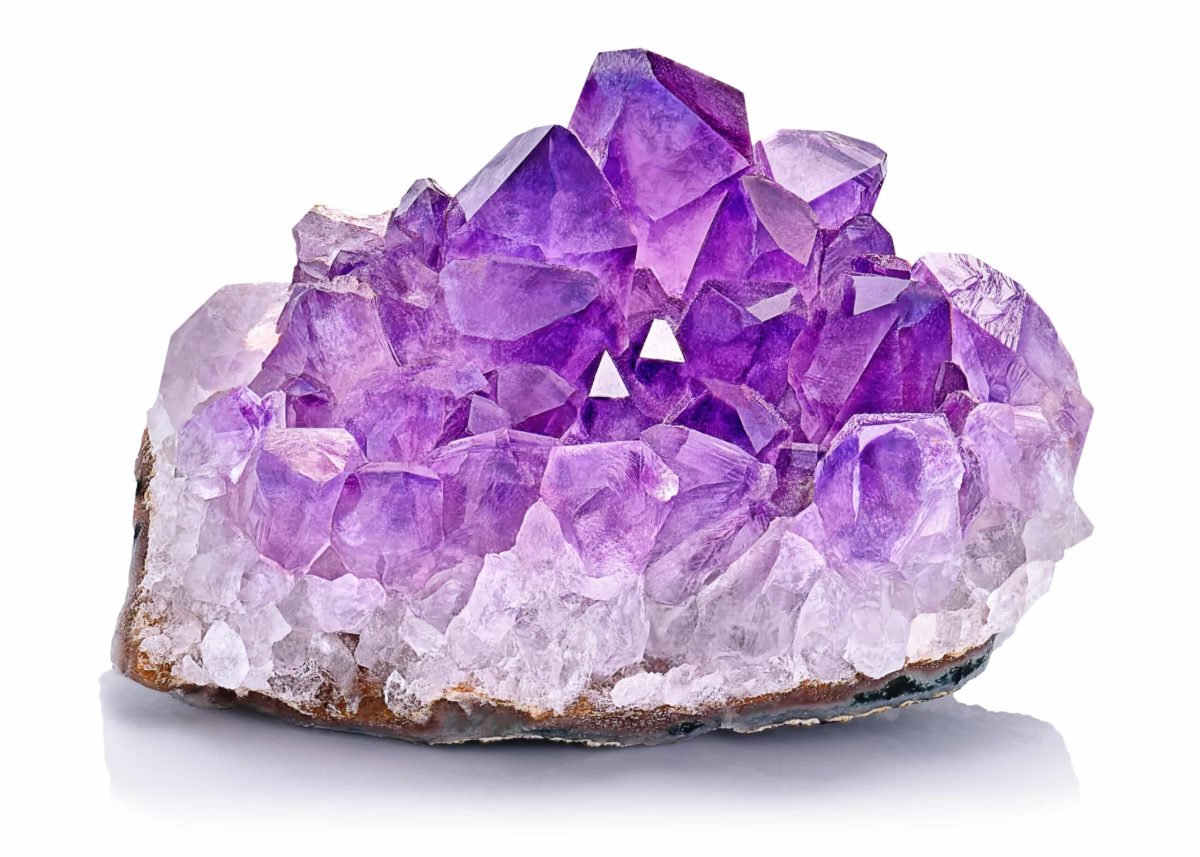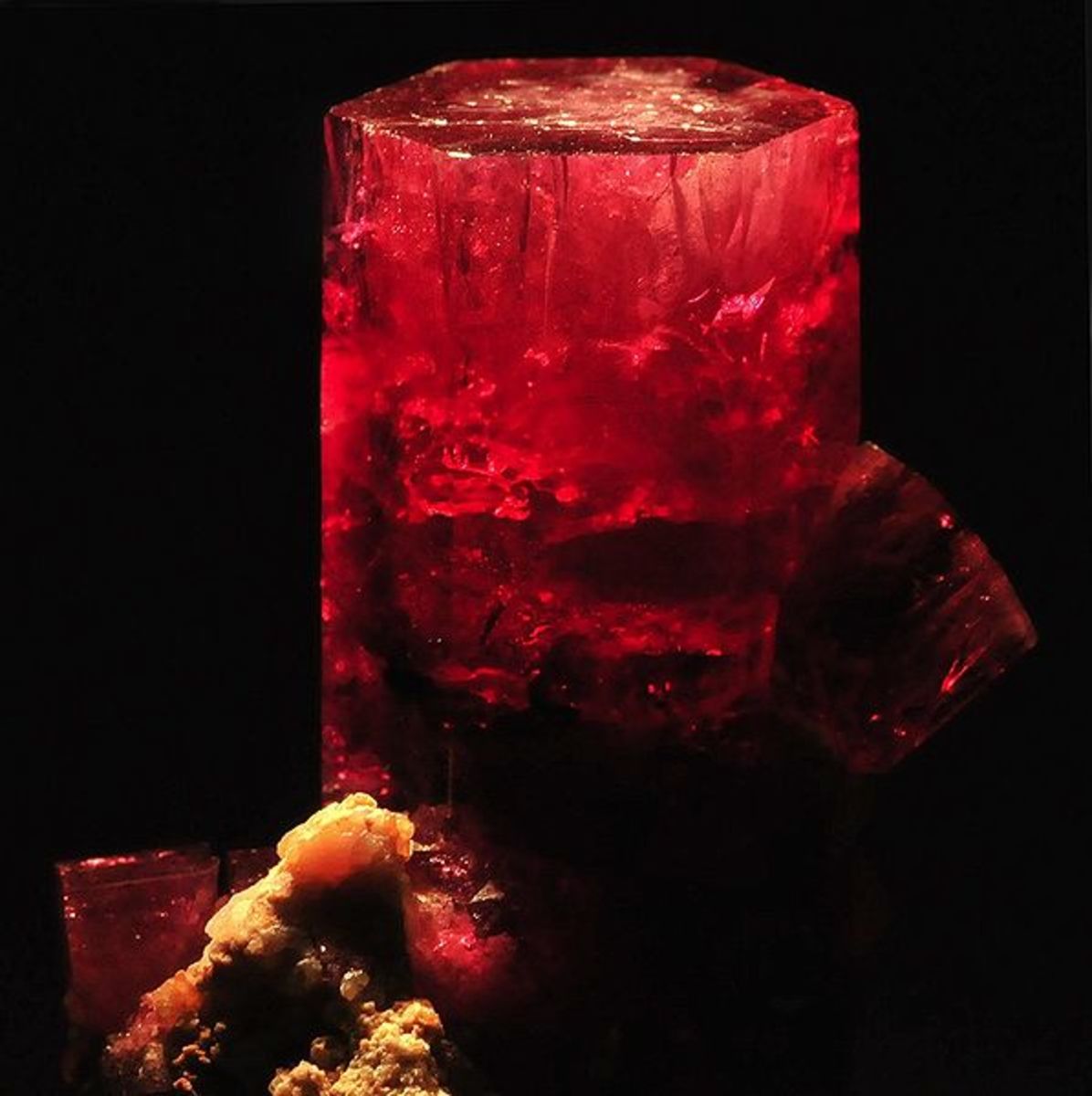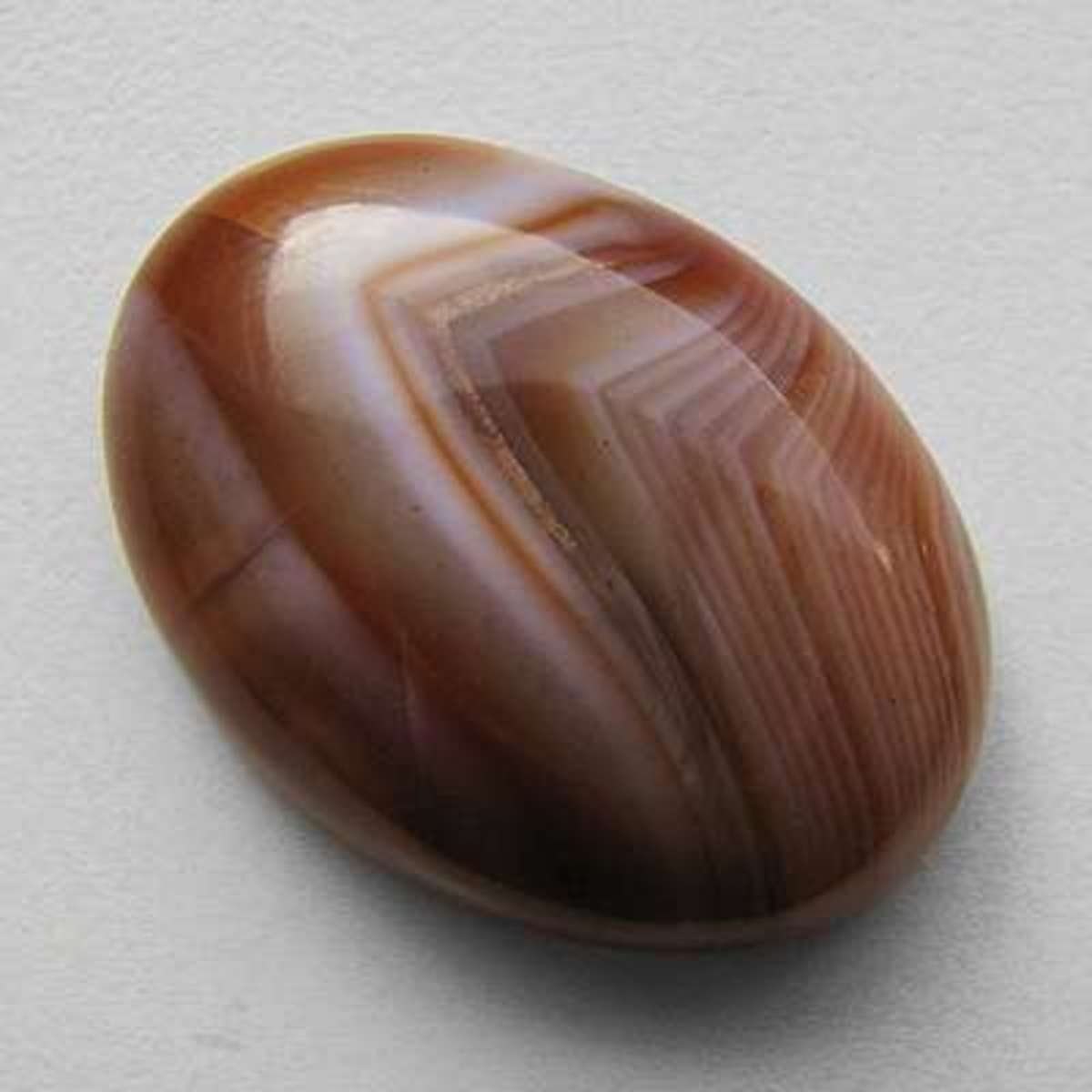- HubPages»
- Fashion and Beauty»
- Jewelry»
- Gemstones
Birthstones Chart
Birthstones by Month
Early civilizations believed that gemstones had magical properties. In the first century, a Jewish historian by the name of Josephus declared a connection between the twelve stones in Aaron the Levite's breastplate (each of the twelve stones representing the names of the sons of Israel), the twelve months of the year and the twelve signs of the zodiac.
Wearing of the birthstones gained popularity beginning in the fifteenth century when it was believed that the magical power possessed by the birthstone was greatest during the month that the stone represented.
Birthstones today are still widely used in jewelry. One of the most popular ways to wear birthstones now is in a mother's ring, with separate birthstones representing each of a mother's children.
January Birthstone
Garnet is the birthstone of January. The word "garnet" comes from the Latin word granatus which means like a grain and refers to how crystals resemble embedded grains or seeds. Red is the most common stone color, however garnets display the greatest variety of color of any mineral, occurring in every color except blue. Some garnets have shown to possess a color change phenomenon, one color when viewed in natural light and another color when viewed in incandescent light.
February Birthstone
The February birthstone is a pretty violet variety of quartz called amethyst. The color of amethysts appear as a light pinkish violet to a deep purple. They may also show one or both of the secondary colors red and blue. An odd fact about this gemstone is that ancient Greeks and Romans believed that it would prevent intoxication, so they not only wore amethyst, they also made drinking vessels from it believing that they would be protected from drunkenness.
March Birthstone
The blue variety of the gemstone beryl, known as aquamarine, is the popular birthstone for March. The name comes from the Latin words aqua marina, meaning water of the sea. Its color will fade to white when exposed to sunlight.
April Birthstone
Diamonds are most well known for being used in engagement rings, but they are also the birthstone for April. The hardness of diamonds (they can cut glass!) and its high dispersion of light make these gems one of the most highly desired for jewelry making and wearing. Diamonds are typically graded and certified based on what's called the four Cs - carat, cut, color, and clarity - and it's this grading process that is used to place a value on them.
May Birthstone
Emeralds, May's birthstone, are a type of mineral beryl and are green in color due to trace amounts of chromium in the stone. They may occur in colors ranging from yellowish-green to bluish-green, but green must be the primary color to be considered an emerald. Middle eastern cultures have historically placed a high value on emeralds including back to the days of Cleopatra who was said to have thought emeralds are the finest of all gems.
June Birthstone
When you think of June's birthstone, historically people have thought of pearls. But over the past couple of decades, alexandrites have been gaining popularity as the birthstone of choice. These beautiful gemstones display a color change that depends on the surrounding ambient lighting. Another color change happens with different viewing directions due to pleochroism, which is an optical phenomenon where mineral grains within the stone appear to be different colors when observed at different angles.
July Birthstone
The blood-red ruby is the birthstone of July. Rubies are made up of the crystalline form of aluminum oxide and the color red is caused by the existence of chromium within the stone. The name ruby comes from the Latin word ruber which means, not surprisingly, red. Other varieties of similar stones that are not red are called sapphires.
August Birthstone
The peridot is the birthstone of August and it's the best known gem variety of the mineral olivine which is a magnesium iron silicate that is one of the most common minerals on Earth and has also been found in meteorites, on the moon and even on Mars. This bright yellowish-green to green gemstone has been a favorite for thousands of years. Some historians believe that at least some of the supposed "emeralds" worn by Cleopatra were, in fact, peridot instead. Wearing the stone is said to bring success, peace, and good luck.
September Birthstone
September brings us the sapphire birthstone. Although blue is their most well-known color, sapphires are made up of all colors except for red (red stones are rubies). Some sapphires are colorless, and can also be grey or black. Some sapphires have a star-like phenomenon known as asterism which is an enhanced reflective area on the stone itself caused by light reflecting off tiny fibers of titanium dioxide impurities within the sapphire.
October Birthstone
October's birthstone is the opal, a stone that is brittle, heat sensitive, and breaks and scratches easily. Despite this fagility, the opal's unsurpassed beauty guarantees its status as a gemstone favorite. The word opal evolved from the Roman word opalus from the Greek word opallios meaning "to see a change of color." Historically, opals were believed to give their owners the powers of foresight and prophecy which led to superstitions in the nineteenth century that it was bad luck to wear an opal if it wasn't the wearer's birthstone. Fortunately, those superstitions are no longer commonplace and many people now enjoy wearing this beautiful and unique stone.
November Birthstone
Citrine is one of the recognized birthstones for November. It is a variety of quartz that is colored from pale yellow to brown. It is almost impossible to tell cut citrine from yellow topaz (the other recognized November birthstone) visibly, but they differ in hardness. Natural citrines are rare. The word citrine comes from the Latin word citrine which means yellow.
December Birthstone
Pure topaz is colorless and transparent but is usually tinted by impurities; and it is the blue topaz that December gets as its birthstone. Naturally occurring blue topaz is rare, but colorless topaz can be heat treated to create the desired dark blue color.





